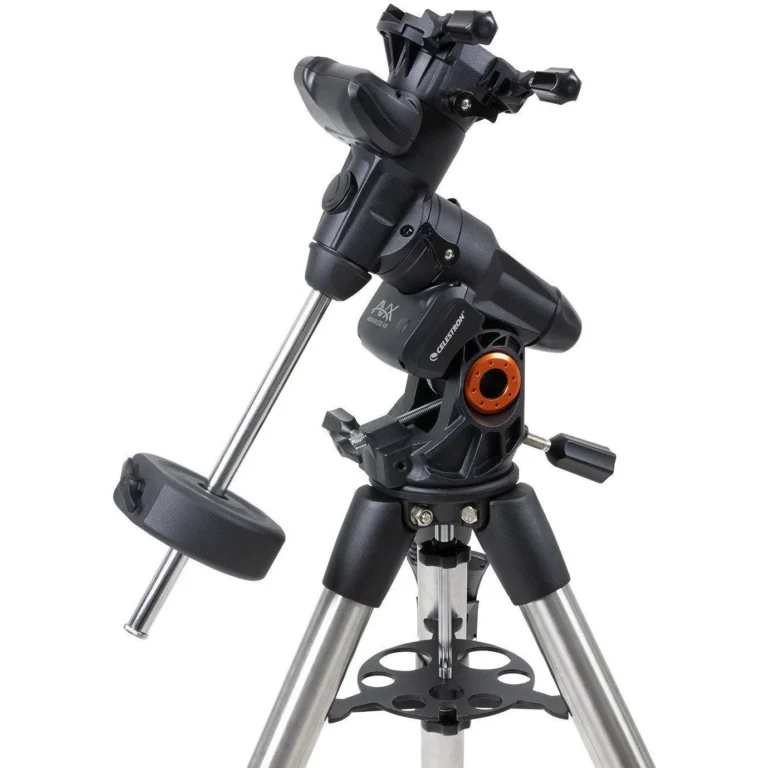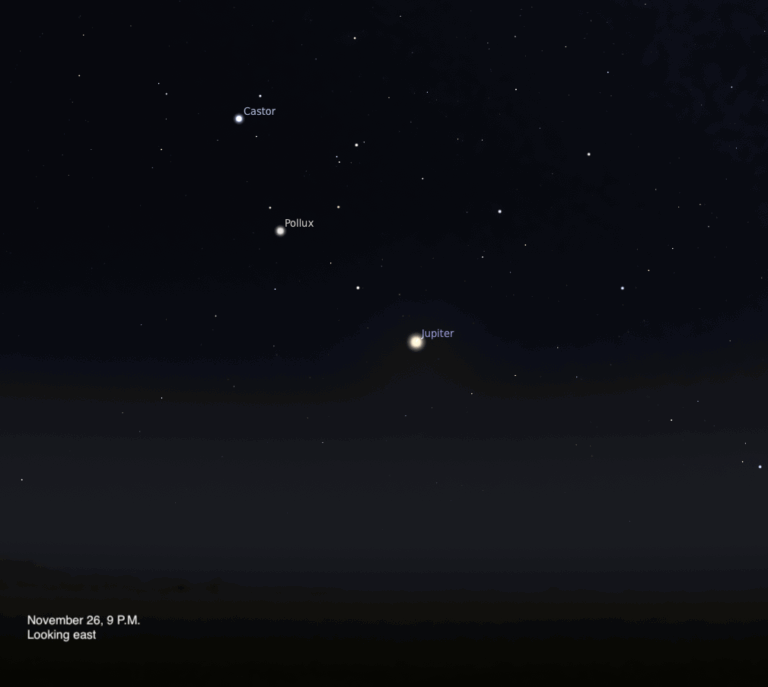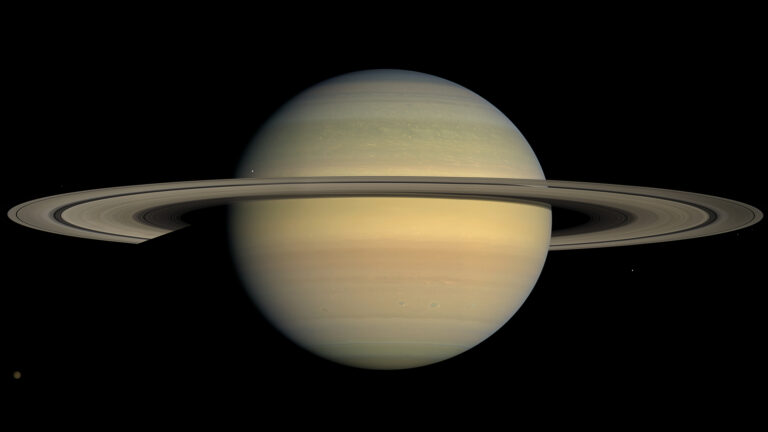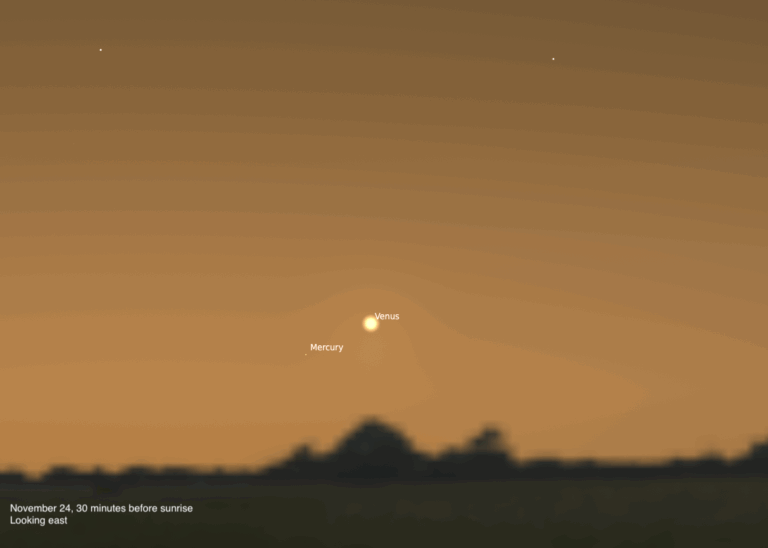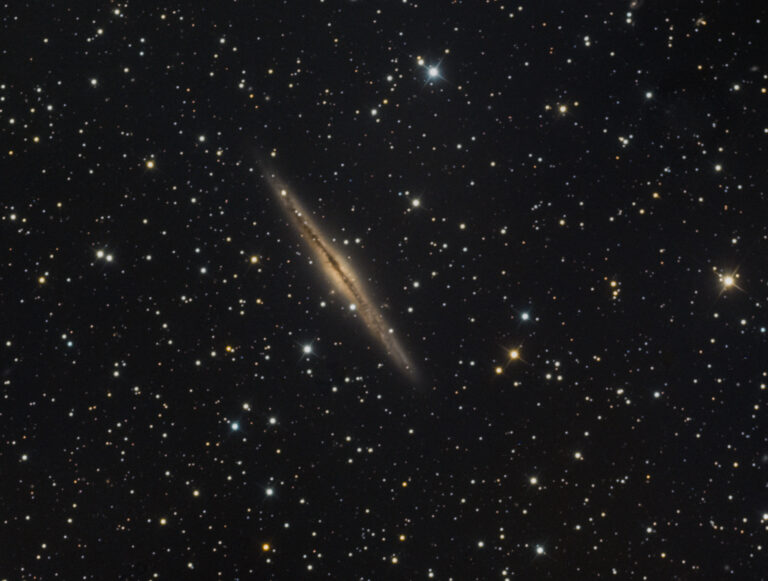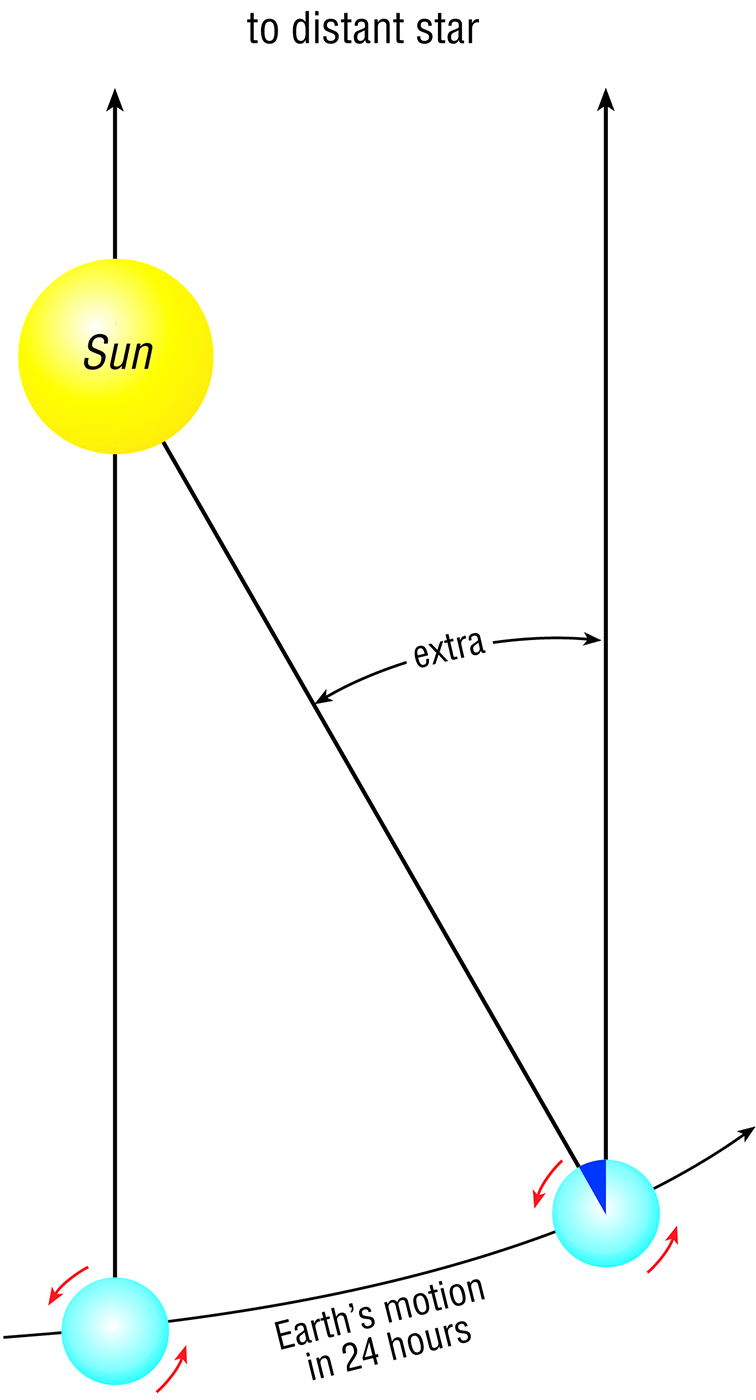
Key Takeaways:
- A solar day is defined by the Sun's return to the local meridian, while a sidereal day is defined by the return of the March equinox to the local meridian.
- A solar day is approximately 3 minutes and 56 seconds longer than a sidereal day due to Earth's simultaneous rotation and revolution around the Sun.
- Sidereal time, unlike solar time (everyday clock time), is referenced to the stars and is defined as the right ascension of the celestial object on the local meridian.
- Sidereal time varies with location, unlike time zones which use a uniform time across an area.
The basic unit of astronomical time measurement is the day, one rotation of Earth on its axis. But there is more than one way to define day. We can define it based on the Sun. One solar day is the time for the Sun to leave and return to your local meridian, the imaginary line that joins the overhead point to the south point on the horizon.
Sidereal time is referenced to the stars. Everyday (civil) time is referenced to the average motion of the Sun, not to the stars. So, sidereal time generally doesn’t coincide with everyday (clock) time. To be precise, the sidereal time agrees with the solar time only at the September equinox; at any other time, they differ. They are exactly 12 hours apart at the time of the March equinox.
The sidereal day is defined to be the length of time for the March equinox to return to your celestial meridian. Compare this to the solar day, which is defined to be the length of time for the Sun to return to your celestial meridian. The two are not the same.
Why are they different?
Because Earth is revolving around the Sun as well as rotating on its axis, in the course of a day our planet must turn 3 minutes and 56 seconds longer to bring the Sun back to the meridian than to bring the March equinox back to the meridian. So, the solar day is 3 minutes and 56 seconds longer than the sidereal day. It’s this discrepancy that causes the difference in sidereal and solar time. This time difference is also responsible for different constellations being overhead at a given time of day throughout the year.
When the March equinox is on your local meridian, the sidereal time is 0 hours (0 hours is the right ascension of the March equinox). As time passes, the stars overhead seem to move. Later, you may note that a star on your local meridian has a right ascension of 1 hour. At that moment, the sidereal time at your location is 1 hour. So, sidereal time is defined as the right ascension of a “star” (real or imagined) which lies on your local meridian. Sidereal time is not like time zones, where an entire area has the same time. The sidereal time at your observing location is different from your friend’s across town.
Although few amateur astronomers now use sidereal time, it’s valuable to know about it and the celestial motions that set it apart from clock time.

